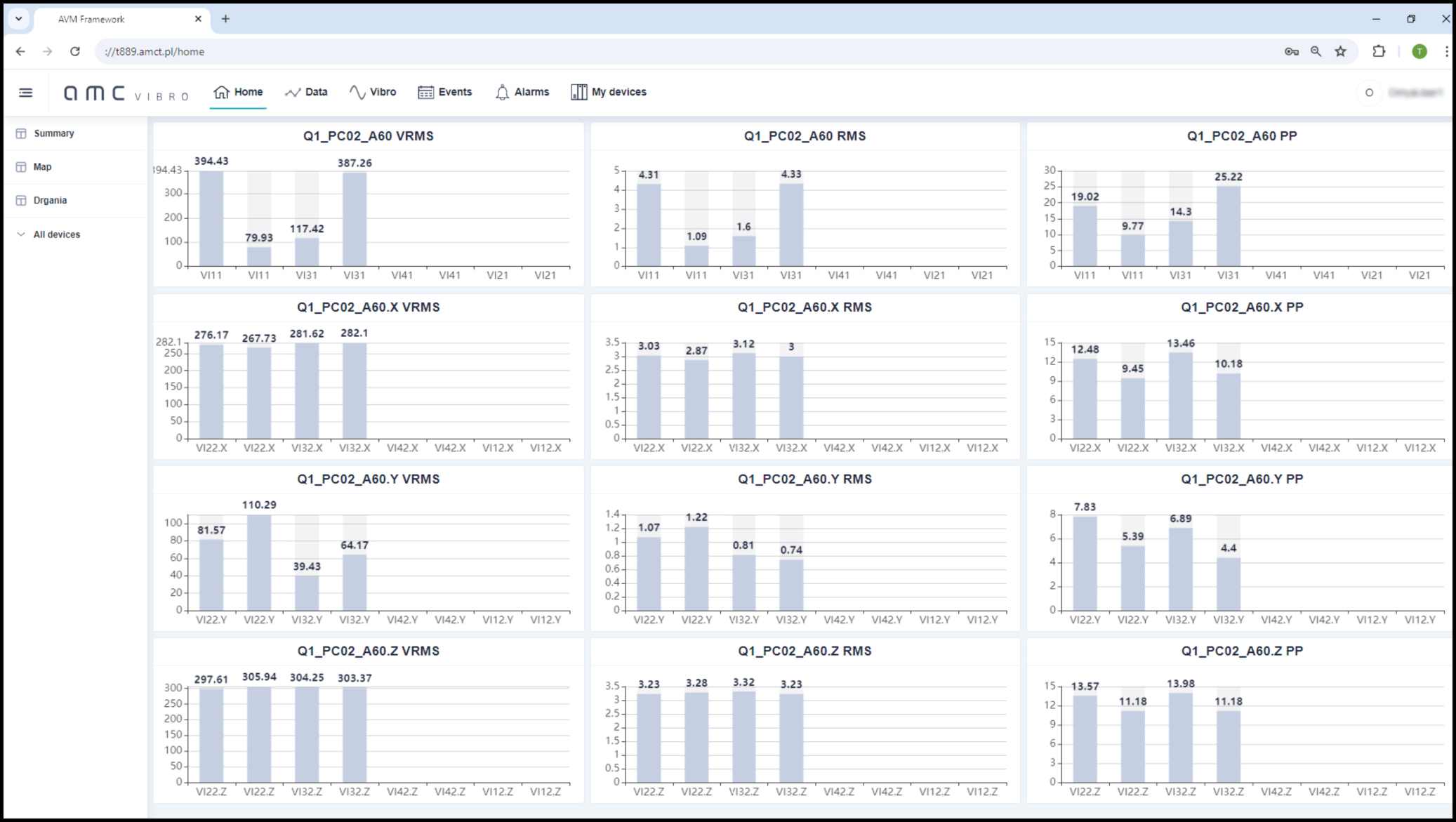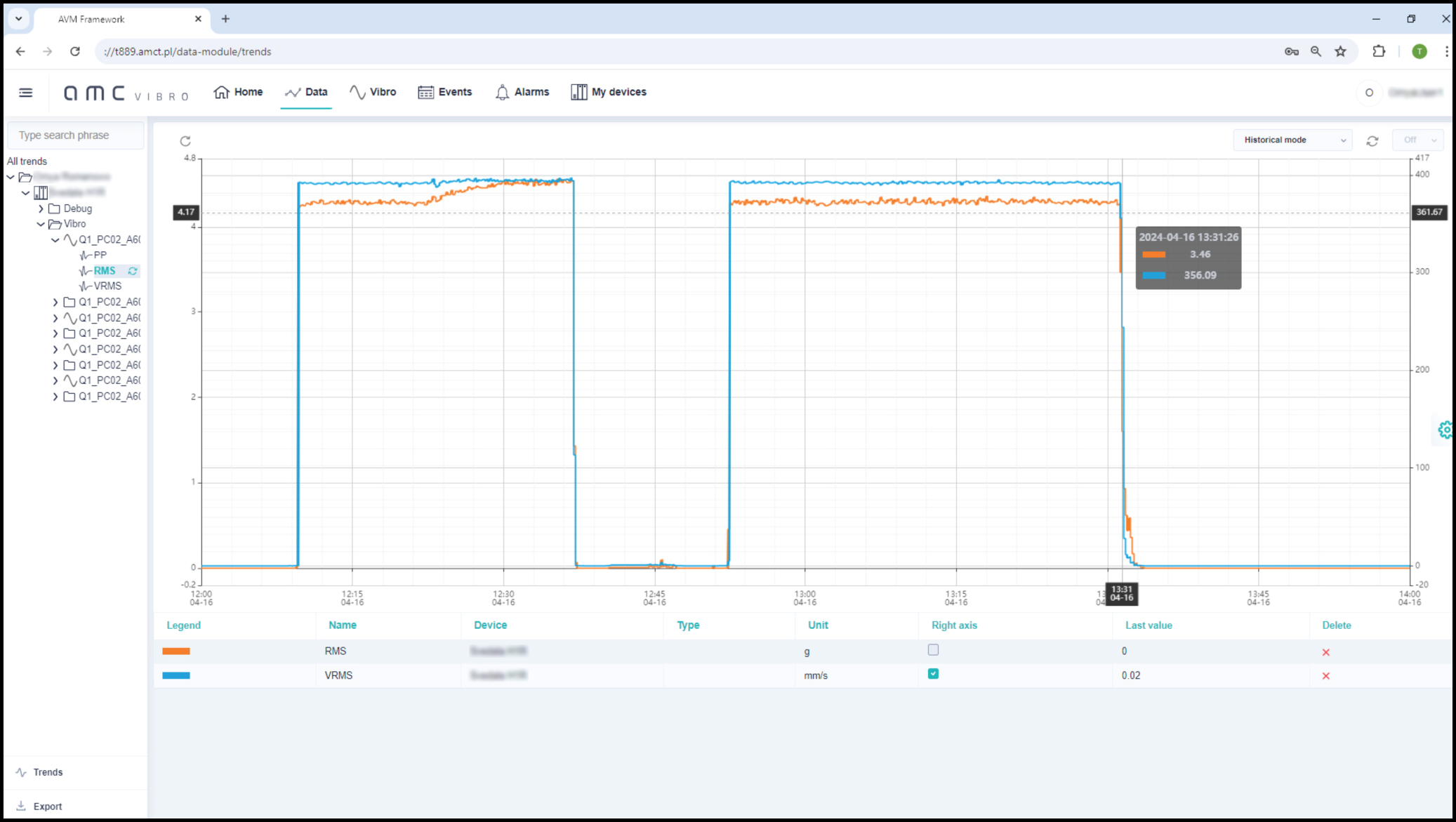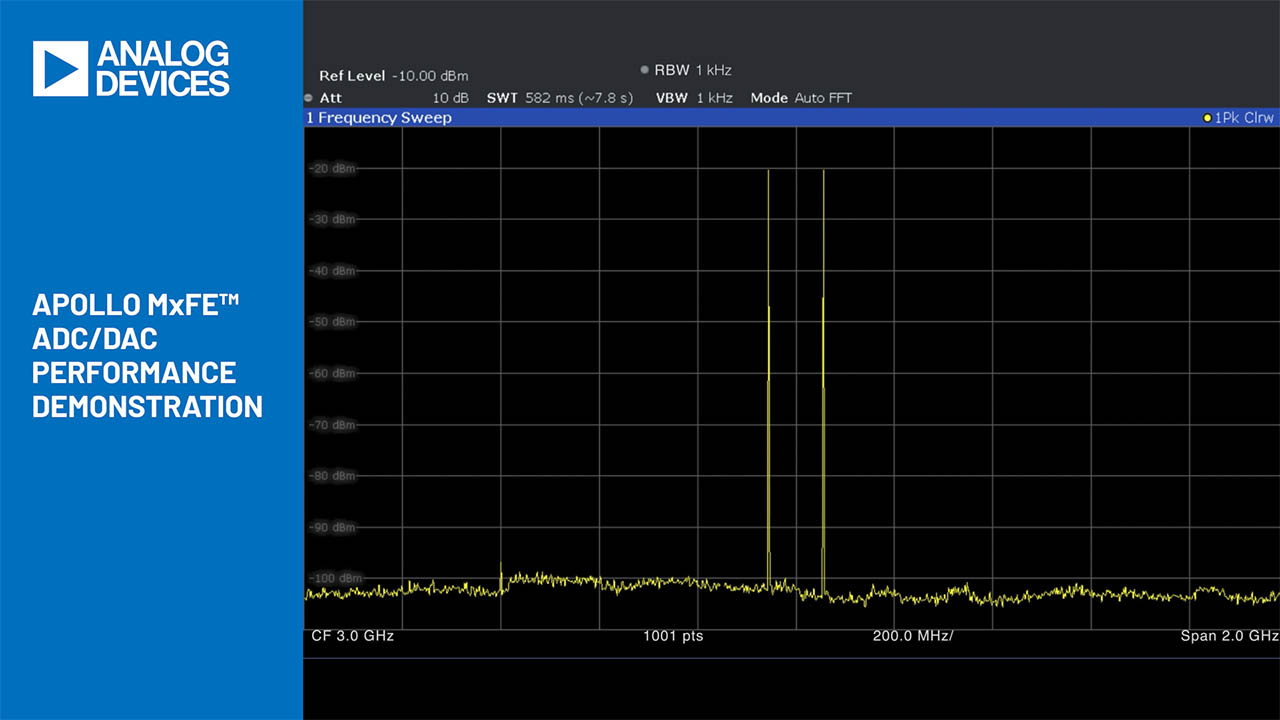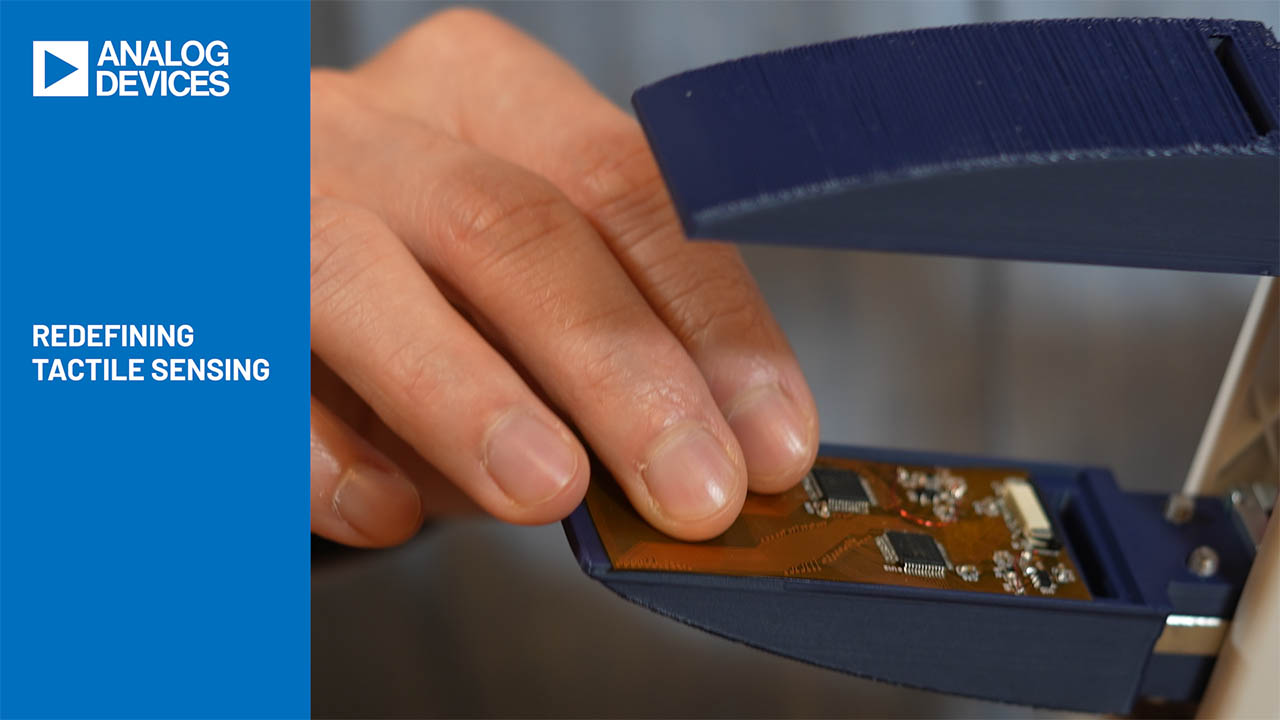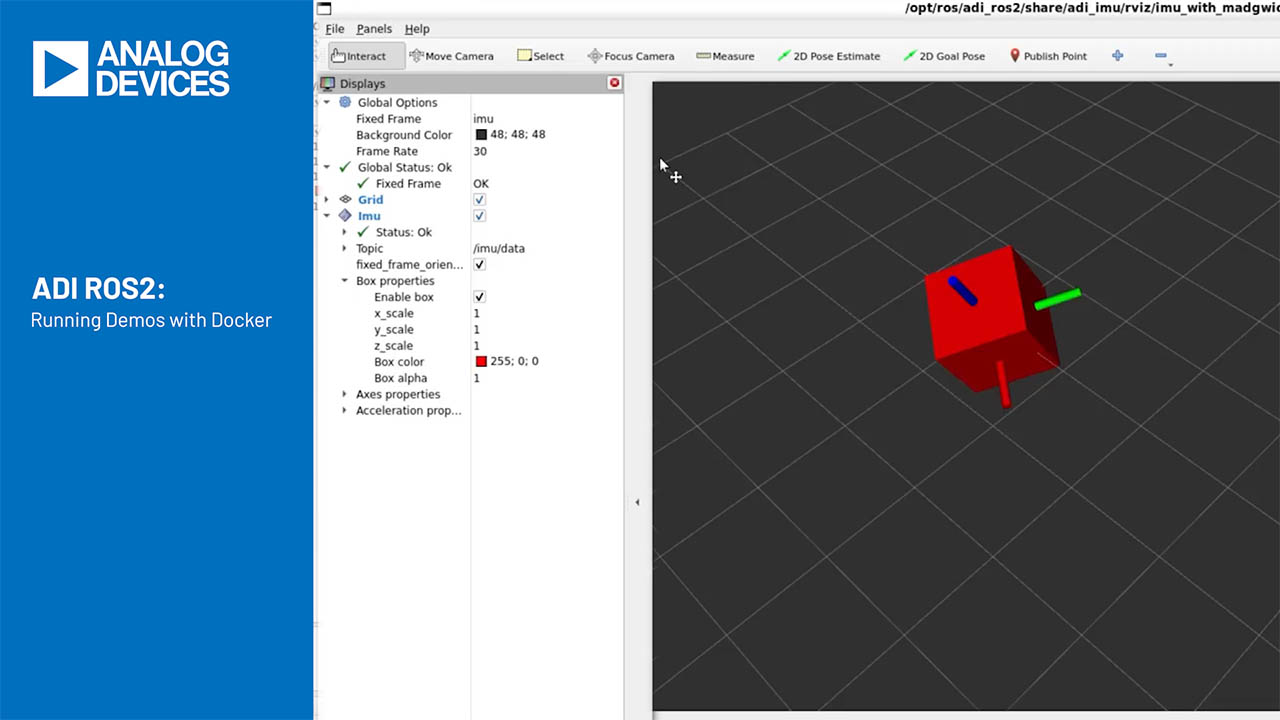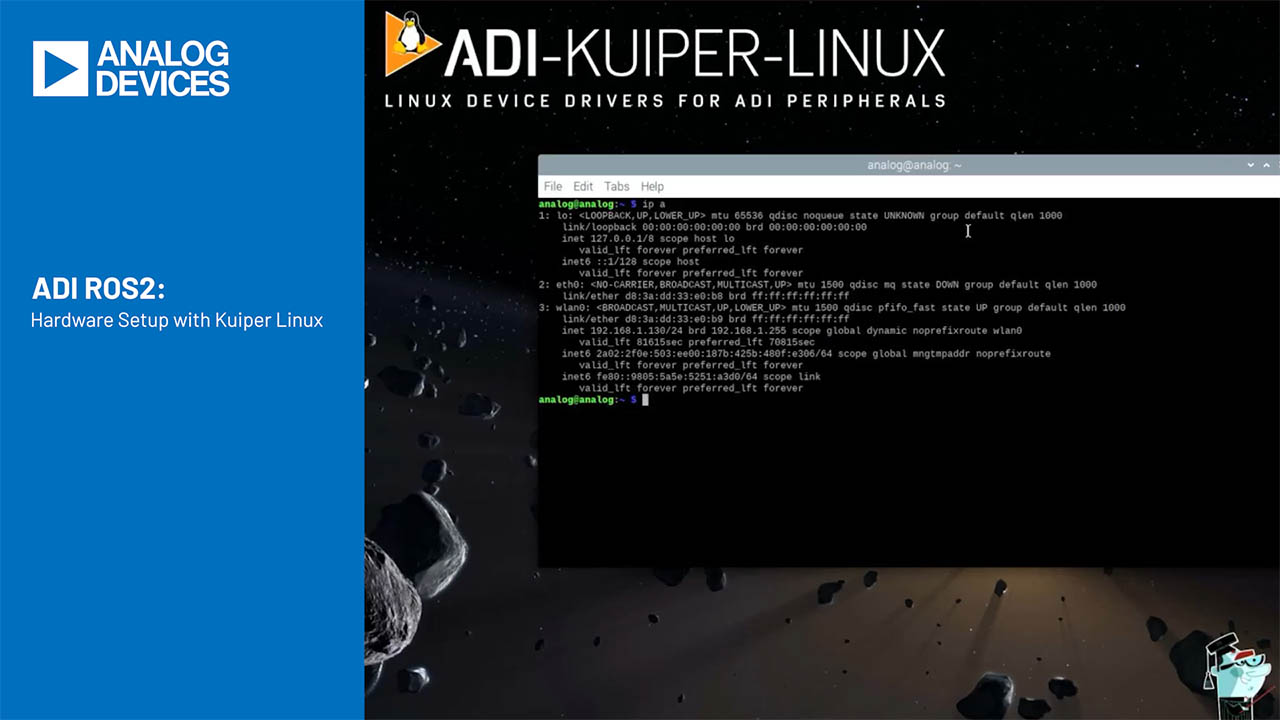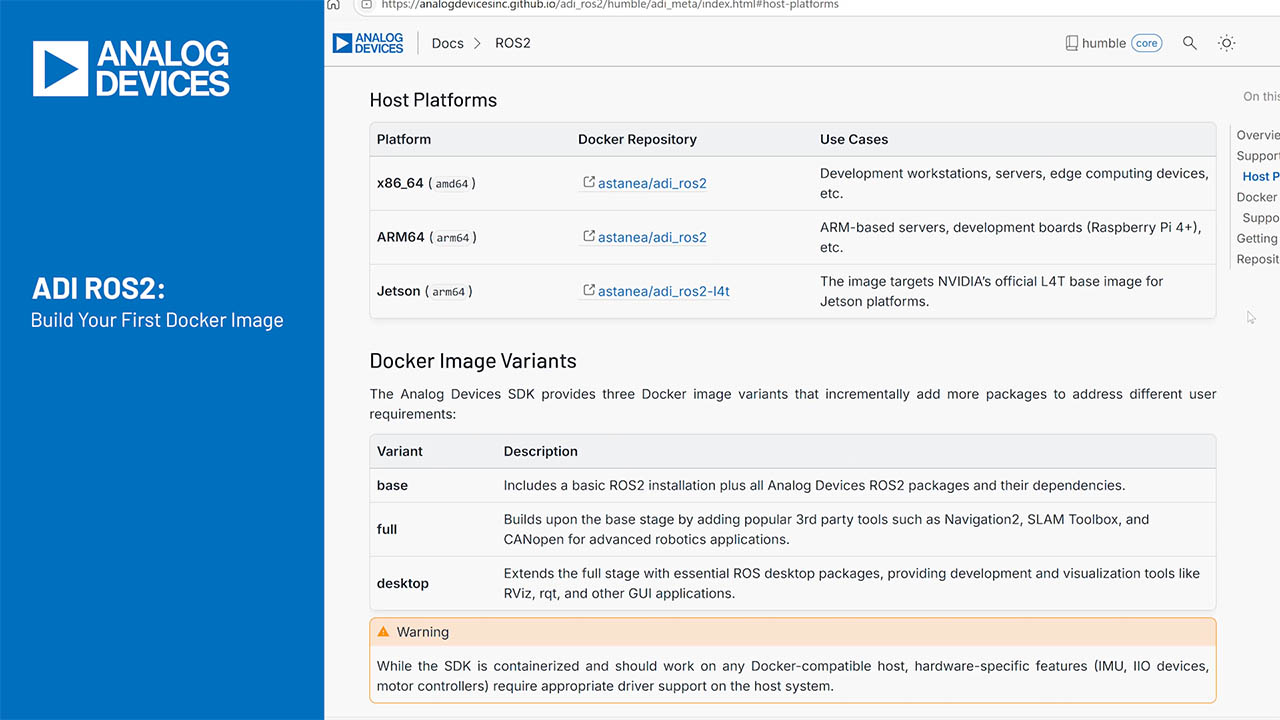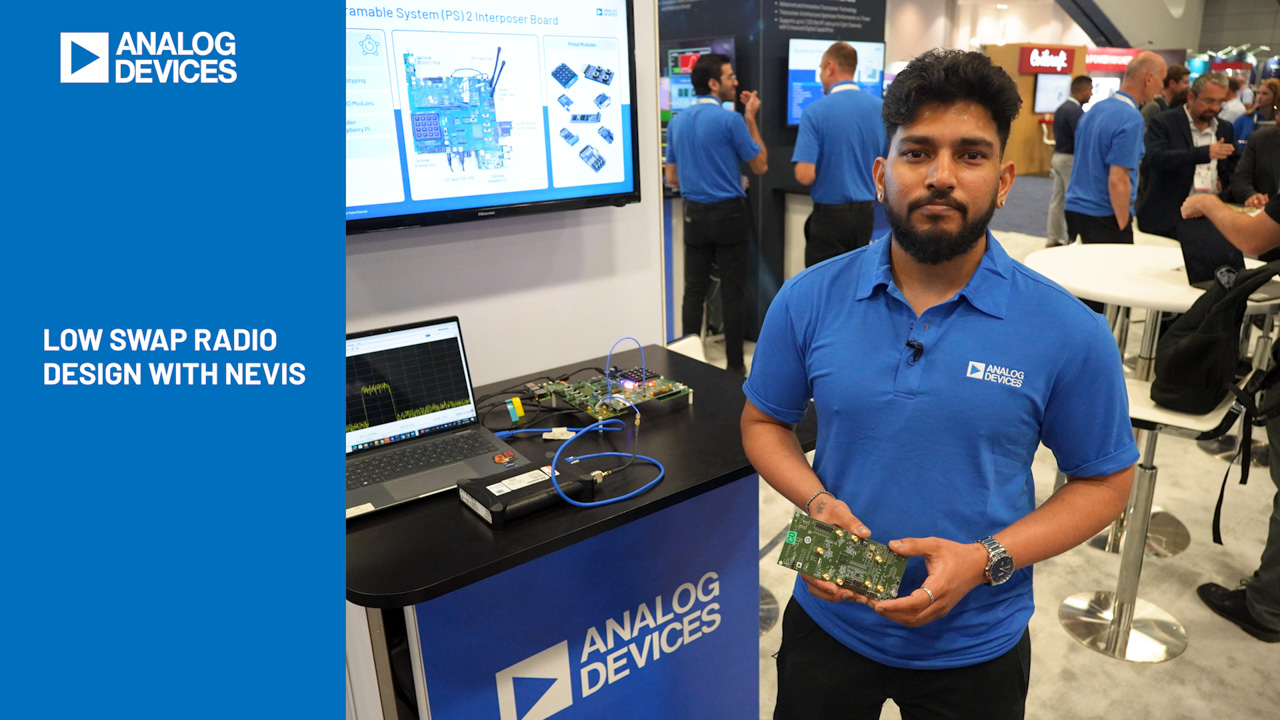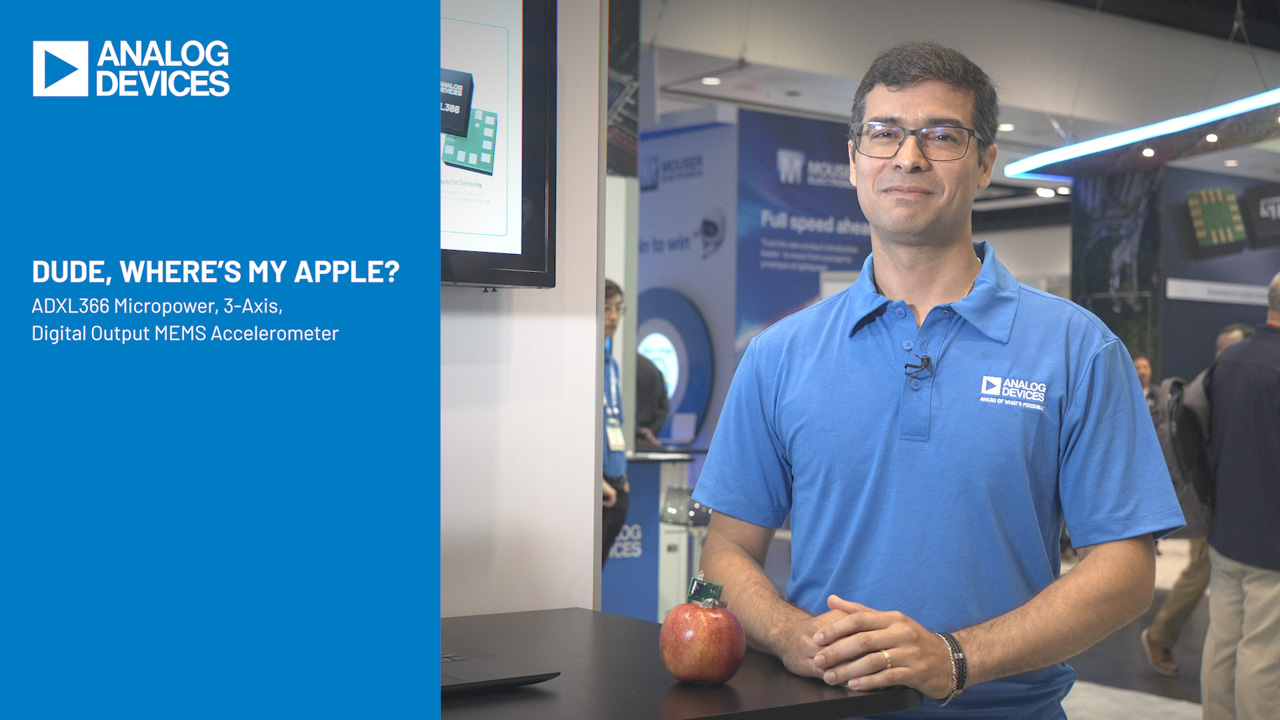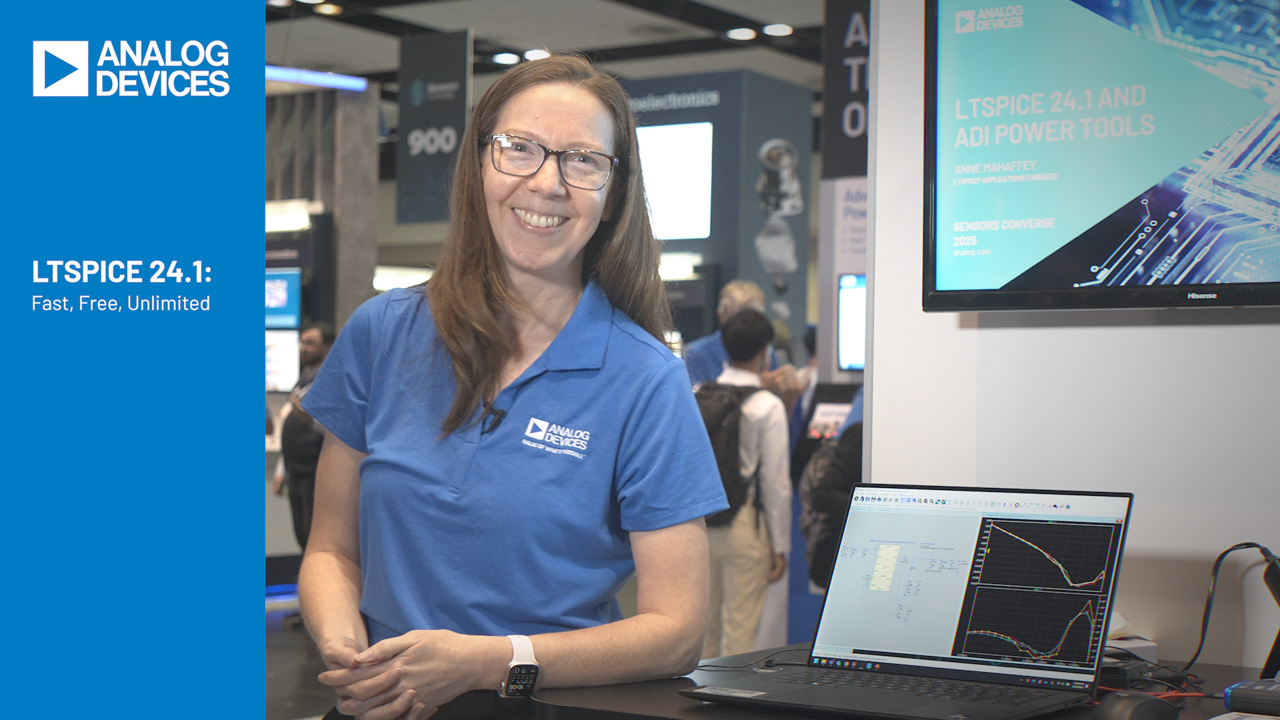New Edge Sensing Solution for Industrial Asset Health
摘要
This article presents an in-depth exploration of a cutting-edge smart vibration sensor, emphasizing its design, functionality, and applications, all rooted in microelectromechanical system (MEMS) technology. The core objective of this sensor is to provide high precision, reliability, and real-time monitoring capabilities in various industrial and research environments, showcasing the application of ADI’s different MEMS sensing technology.
Introduction
In modern industrial environments, the need for precise, reliable, and real-time monitoring of machinery health is more crucial than ever. Condition-based monitoring (CbM) systems have become a cornerstone in predictive maintenance strategies, aiming to minimize downtime, enhance productivity, and reduce maintenance costs. Cutting-edge sensors utilizing microelectromechanical systems (MEMS) technology, along with sophisticated diagnostic algorithms, are broadening the scope for assessing different types of machinery. MEMS accelerometer performance has recently advanced to the point where it can now compete with the piezo vibration sensor. Having key advantages such as lower power consumption, smaller size, higher levels of integration coupled with wide bandwidths, and noise levels below 100 μg/√Hz means these MEMS vibration sensors have opened an entire new CbM paradigm for maintenance and facility engineers to detect, diagnose, predict, and ultimately avoid faults in their machines. Due to the ultralow power consumption of MEMS accelerometers, wired systems can now be replaced with wireless solutions, single-axis piezo sensors can be replaced with small, lightweight triaxial analog components, and a wider range of machines can now be monitored continuously in a costeffective way. This article discusses the latest advancements in MEMS-based vibration sensors, specifically the AVS 1001HF (high frequency) and AVS 1003LF (low frequency) accelerometers, which represent the forefront of this technology.
Condition-Based Monitoring
Condition-based monitoring sensors (CMS) for robotics and rotating machines such as turbines, fans, pumps, and motors record real-time data related to the health and performance of the machine. This enables targeted predictive maintenance and optimized control. Early in the machine lifecycle, targeted predictive maintenance reduces the risk of production downtime, resulting in increased reliability, significant cost savings, and enhanced productivity on the factory floor. For those companies that have experienced unplanned downtime, outages lasted an average of four hours and cost an average of $2 million, based on an average of two downtime events. 1,2
Importance of CbM
The primary function of CbM is to provide real-time data that informs the maintenance schedule of machinery. This datadriven approach allows maintenance to be performed only when necessary, preventing unexpected failures and extending the operational life of the equipment. By reducing unplanned downtimes, CbM systems help maintain continuous production flows and optimize resource allocation.
What Is This Solution?
The accelerometers represent significant advancements in the field of industrial asset health monitoring. The core objective of this sensor is to provide high precision, reliability, and real-time monitoring capabilities in various industrial and research environments, showcasing the application of ADI’s different MEMS sensing technology.
By integrating high frequency and low frequency vibration measurement capabilities with real-time data processing and transmission, these sensors provide a comprehensive solution for predictive maintenance. Their ease of integration, versatility, and high precision make them invaluable tools for enhancing productivity, reducing downtime, and optimizing maintenance strategies in industrial environments.
By redefining condition monitoring, the AVS sensor family not only improves the operational efficiency of machinery but also sets a new standard for industrial asset health management. As industries continue to adopt smart technologies, advanced sensors like the AVS series will become increasingly pivotal in driving the next generation of industrial automation and maintenance forward.
What Is the Benefit of This Solution?
A key benefit of this new AVS sensor family is the redefinition of condition monitoring. A typical CbM requires sensors, extensive cabling, and a dedicated data acquisition/processing unit. With smart AVS sensors, all these functions are now performed within the sensor itself. Analysis results can be sent directly to a programmable logic controller (PLC) or supervisory control and data acquisition (SCADA). With the use of digital RS-485 links, many sensors can be connected with a single cable.
Another important advantage is the versatility of AVS sensor applications. During normal operation, only calculated parameters can be sent. When there is a need for a more advanced analysis, a raw vibration signal can be sent and analyzed.
AVS 1001HF and AVS 1003LF Sensors
AVS 1001HF Sensor
The AVS 1001HF is a uniaxial, digital, high frequency accelerometer that, in addition to vibrations, measures temperature. It processes the vibration acceleration signal, making data available via a digital connector in the industrial standard RS-485 and the Modbus protocol. The sensor can provide two types of data: a stream of raw vibration data or determined parameters of the vibration signal (see Figure 1).
AVS 1003LF Sensor
The AVS 1003LF is a triaxial, digital, low frequency accelerometer. Similar to the AVS 1001HF, it measures both vibration and temperature, providing data through the RS-485 and Modbus protocols. It is designed to offer comprehensive monitoring capabilities across three axes (see Figure 2).
Detailed technical specifications for these two sensors can be found in Table 1.
| Technical Specifications | AVS 1001HF | AVS 1003LF |
| Measurement Range | ±50 g, peak | ±40 g, peak |
| Frequency Range | 0 to 11 kHz | 0 to 1 kHz |
| Sampling Frequency | 32 kHz | 4 kHz |
| Noise Density | 25 µg/√Hz | 80 µg/√Hz |
| Operating Voltage | 24 V DC | 24 V DC |
| Current Consumption | 13 mA | |
| Operating Temperature | -40°C to +85°C | |
| Protection | IP67 | |
| Shock Resistance | 10,000 g, peak | 5,000 g, peak |
Applications:
- Protection
- Machine monitoring
- Condition assessment
- Dynamic state measurements
Advantages of the New AVS Sensor Family
Direct Digital Data Access
The integration of direct digital data access eliminates the need for extensive cabling and dedicated data acquisition/processing units, as all functions are performed within the sensor itself. This significantly simplifies the installation process and reduces overall costs.
Versatility in Applications
The AVS sensors offer remarkable versatility. During normal operation, only calculated parameters are sent, conserving bandwidth and processing power. For more advanced analysis, the raw vibration signal can be transmitted and analyzed, providing a deeper insight into the machinery's condition.
Reliable Data Transmission
With the use of digital RS-485 links, multiple sensors can be connected with a single cable, ensuring reliable data transmission up to 1 km. This minimizes industrial noise and allows for easy expansion of the sensor network.
High Precision and Low Noise
Both sensors exhibit high sensitivity and low noise levels, enhancing the accuracy of vibration data. The AVS 1001HF’s sensitivity of up to 100 mV/g with a noise density of 4 µg/√Hz and the AVS 1003LF’s noise density of 80 µg/√Hz ensure precise measurements even in challenging industrial environments.
MEMS Technology
The core of these sensors lies in MEMS technology, which combines miniature size with high performance. MEMS sensors offer robustness and durability, crucial for demanding industrial applications.
Importance of High Bandwidth and Triaxial Sensing
High Bandwidth for Capturing Faults
The ADXL1002 single-axis accelerometer, with its 11 kHz, 3 dB bandwidth, is crucial for capturing high frequency bearing and gearing faults that lower bandwidth sensors might miss. This high bandwidth capability enables detailed analysis of critical components, ensuring early detection and prevention of potential failures (see Figure 3).
Triaxial Sensing for Comprehensive Monitoring
Triaxial sensing solutions, such as those provided by the AVS 1003LF, are essential for predicting faults that might be overlooked by single-axis sensors. By capturing data across three axes, these sensors offer a more comprehensive view of the machinery’s condition, leading to better fault prediction and maintenance planning.
Case Study
The AVS 1001HF and AVS 1003LF accelerometer sensors were integrated with AMC cloud-based condition monitoring systems. The raw signals from the sensors are sent to the edge processing unit. The unit calculates diagnostic features and sends the data to the cloud server. Customers can access information about machinery health quickly and conveniently. The following plots are available: map, custom mimic (with several components like bar graphs), alarms, trend, waveform, spectra, etc. Figure 4 presents a few plots from the system.
The configurable bar graph plot is a quick assessment view for operators. If there is a limit violation, the bar changes color to yellow (warning) or red (alarm). Pictures and other components can be added to create user-friendly and intuitive information.
Another first-tier plot is the event/alert view (Figure 5). Operators can check currently active threshold violations or inspect changes in the past. Certainly, several filtering options are available to save operators’ time.
The trend plot presents the history of selected vibration parameters (rms and velocity rms) (Figure 6). Users can quickly check the nature of changes in time, such as volatility, rising trend, or correlation with other measurements.
Sometimes, a deeper insight is necessary. Most often, we need to know what has caused an increased vibration level. The ultimate source is the investigation of the raw vibration signal. Vibration experts can analyze these signals with the waveform and spectrum plots.
Moreover, data can be easily exchanged with other systems via digital protocols (for example, Modbus, OPC UA, and MQTT). Another useful feature is the ability to export data of interest to a file for deeper analysis (see Figure 7).
This data comes from a sieve screener where eight sensors were used (four HF and four LF). Figure 8 presents one of the sensors mounted on the bearing.
The installation proved the functionality of sensors and their ability to monitor industrial assets even in harsh environments.
Conclusion
The AVS 1001HF and AVS 1003LF accelerometers represent significant advancements in the field of industrial asset health monitoring. By integrating high frequency and low frequency vibration measurement capabilities with real-time data processing and transmission, these sensors provide a comprehensive solution for predictive maintenance. Their ease of integration, versatility, and high precision make them invaluable tools for enhancing productivity, reducing downtime, and optimizing maintenance strategies in industrial environments.
By redefining condition monitoring, the AVS sensor family not only improves the operational efficiency of machinery but also sets a new standard for industrial asset health management. As industries continue to adopt smart technologies, advanced sensors like the AVS series will become increasingly pivotal in driving the next generation of industrial automation and maintenance forward.
References
1Graham Immerman. “The Actual Cost of Downtime in the Manufacturing Industry.” IIoT World, November 2018.
2 “What Downtime Really Costs—and Why Maintenance Contracts Make Sense.” Sumitomo Drive Technologies, April 2025



